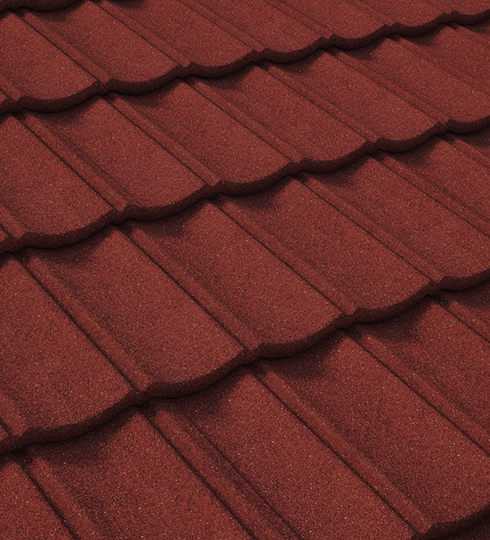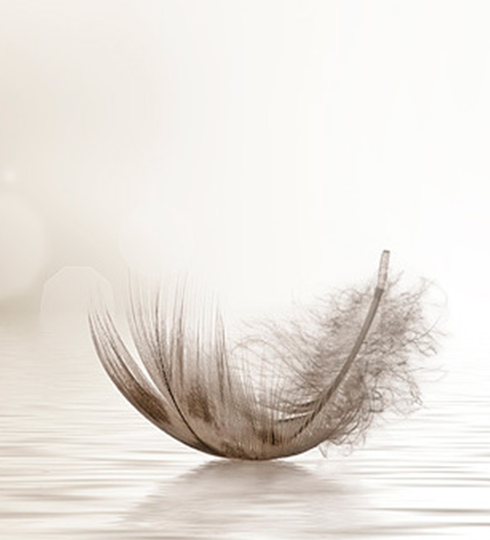
History
Stone-coated metal roof tiles (MRT) first appeared in New Zealand in 1954. Entrepreneur, Lou Fisher developed a pressed metal tile and used bitumen as a bonding agent to hold stone aggregate which
was used to give the tiles their colour.
Over the years technology has improved and today products from the manufacturer last for 50 years or more.
Features
The main feature of MRT is that of design. Pressed steel sections form different profiles which provide the architect or home builder with a choice of architectural features. These can be similar to clay tiles, wood shake, natural slate and American Shingles. With a wide variety of colour choices available in each profile, MRT provides multiple choices in design to fit the majority of architectural needs.
Download Buyers Guide

Benefits
|
